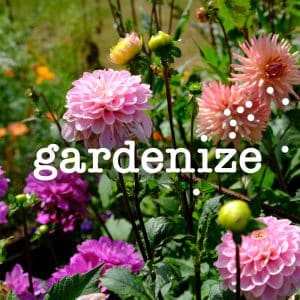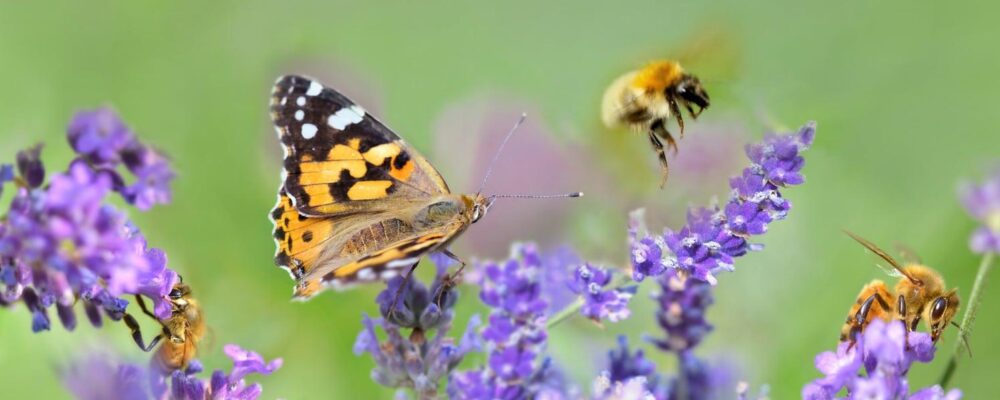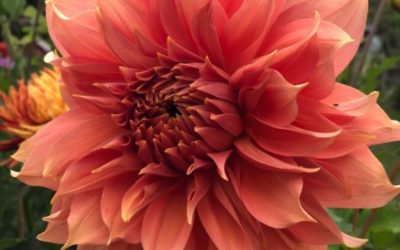How to create a pollinator-friendly garden
Creating a pollinator-friendly garden is not only beneficial for the environment but also adds beauty and diversity to your outdoor space. Here are ten tips to help you create a pollinator-friendly garden.
10 tips for a pollinator-friendly garden
1. Choose Native Plants
Native plants are adapted to the local climate and provide food and habitat for native pollinators. Research and select a variety of native flowering plants, shrubs, and trees that bloom throughout the growing season.
2. Provide a Range of Blooms
Aim to have plants that flower at different times of the year to ensure a continuous food source for pollinators. Select plants with various colors, shapes, and sizes to attract a diverse range of pollinators.
3. Include Host Plants
Incorporate host plants specific to the local pollinators you want to attract. These plants are crucial for caterpillars and larvae to feed and grow, creating a complete life cycle in your garden.
4. Plant in Clusters
Grouping plants of the same species together in clusters makes it easier for pollinators to locate and navigate between them, increasing the chances of successful pollination.
5. Provide Shelter and Nesting Sites
Include features like trees, shrubs, and tall grasses to offer shelter and nesting places for pollinators. Dead wood, brush piles, and rock crevices can provide hiding spots for bees, butterflies, and other insects.
6. Create Water Sources
Provide a shallow water source, such as a birdbath or a small pond with a sloping edge, to allow pollinators to drink and access water without the risk of drowning. Adding rocks or floating plants can provide landing spots for insects.
7. Minimize or Eliminate Pesticide Use
Pesticides can harm pollinators, so consider natural pest control methods or use pesticides sparingly and selectively, only when necessary. Opt for organic gardening practices to create a safe environment for pollinators.
8. Avoid Genetically Modified Plants
Many genetically modified (GM) plants produce pollen that is toxic or lacks nutritional value for pollinators. Choose non-GM, open-pollinated varieties whenever possible.
9. Provide Sun and Shade
Incorporate a mix of sunny and shaded areas in your garden to accommodate the preferences of different pollinators. Some species prefer direct sunlight, while others thrive in partially shaded areas.
10. Educate and Advocate
Spread awareness about the importance of pollinators and the actions individuals can take to protect them. Encourage your friends, neighbors, and community to create their own pollinator-friendly gardens.
Remember, creating a pollinator-friendly garden is an ongoing process, and patience is key. Over time, your garden will become a thriving habitat for a variety of pollinators, supporting the biodiversity of your region.

GARDENIZE GARDEN APP
Your garden friend with green fingers and photographic memory.
Gardenize is an app for gardening and cultivation that helps you to overview, understand and develop your garden and your crops. Organizing your garden makes it easier to succeed and your Gardenize app structures all information and make it searchable. You’ll get tips and inspiration from other Gardenizers around the world. All Gardenize basic features are free to use. You can download the app from the App Store or Google Play, or create an account directly in the web app in your browser. Get to know Gardenize better here.
Read more Garden Tips:
Images published on the Gardenize website belong to Gardenize AB and may not be used without permission.






